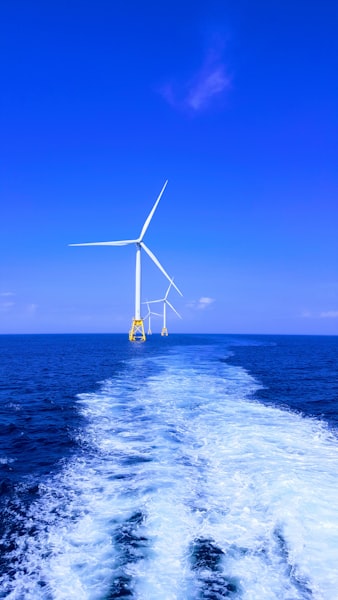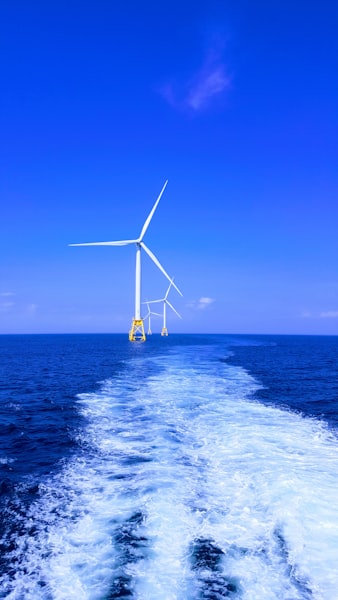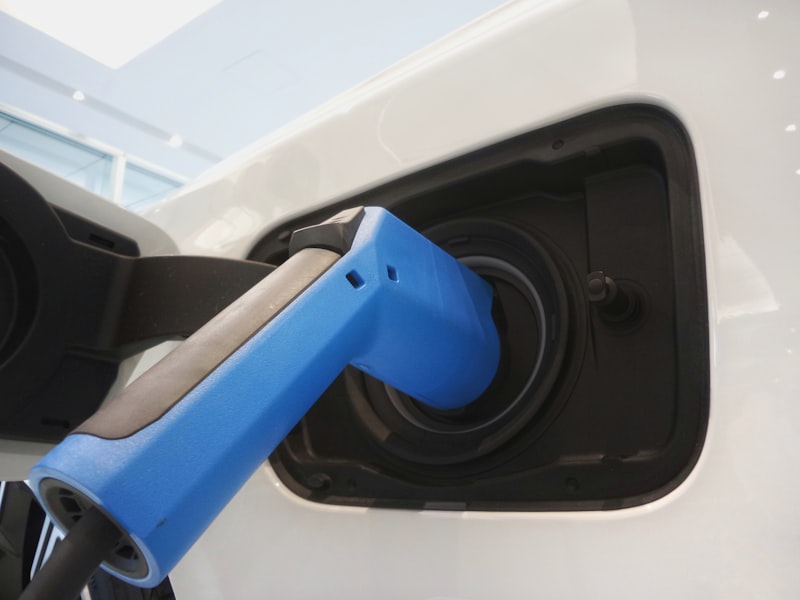
Canada’s ‚Blowout‘ Jobs Report: Examining the Impact on Monetary Policy Decisions
This article by Kevin Carmichael discusses the implications of Canada’s recent „blowout“ jobs report, which showed a large increase in employment. It raises questions about what this means for interest rates, and whether the Bank of Canada will continue to keep them low or raise them in response to the positive economic news. In summary, this article examines how the strong job market could affect monetary policy decisions.
What is Monetary Policy?
Monetary policy is the process by which a central bank, such as the Federal Reserve in the United States, manages the money supply and interest rates to achieve economic objectives. Through monetary policy, central banks can influence inflation, employment levels, and economic growth. Central banks use a variety of tools to implement monetary policy, including setting reserve requirements for financial institutions and setting target short-term interest rates. By manipulating these variables, central banks attempt to maintain price stability and full employment in an economy.You might also like this article: This is the title of test post. Picture source: Shaun Dakin







